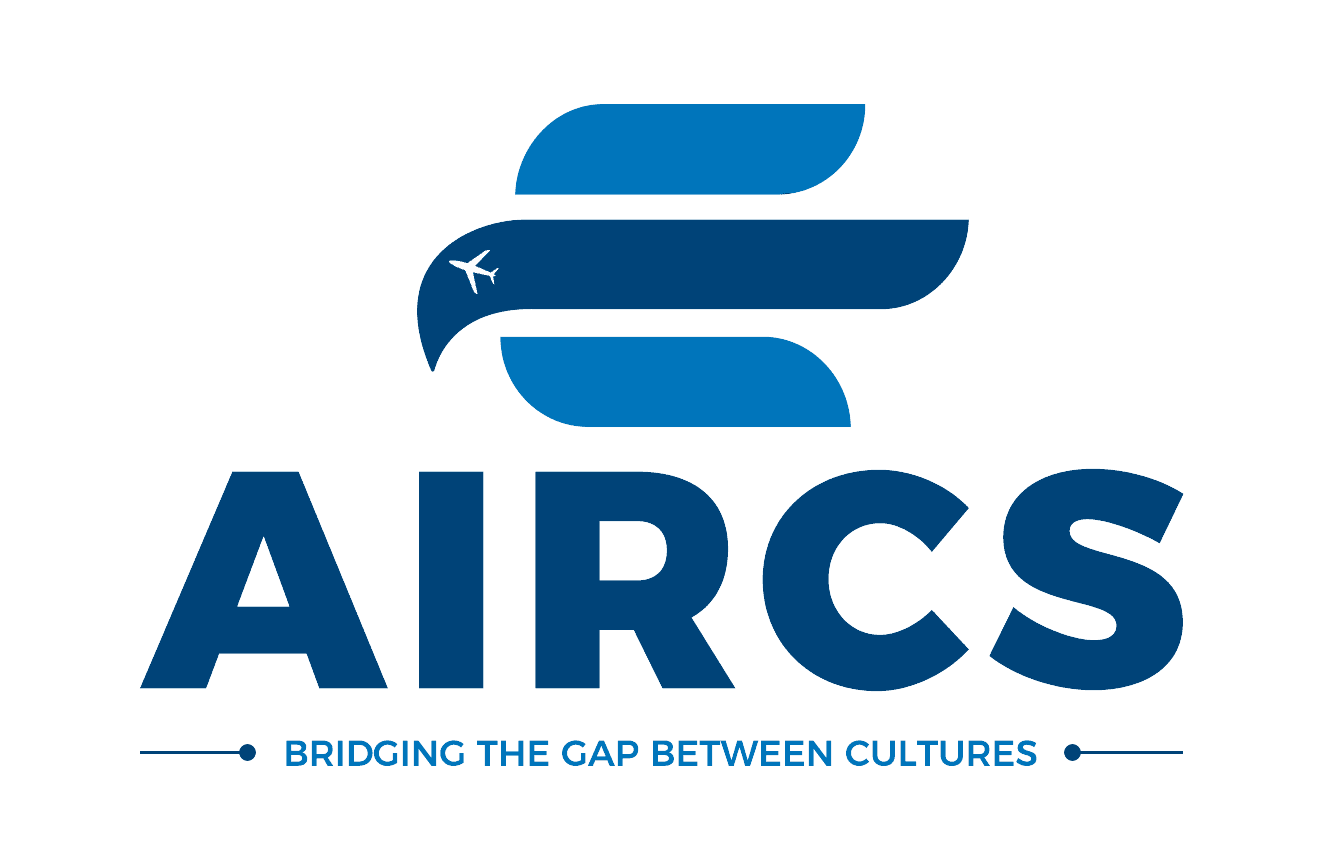Dubai Visit Visa: Application Process and Requirements for Pakistanis
Dubai, with its dazzling skyscrapers, luxurious shopping malls, and vibrant culture, is a dream destination for many, including Pakistani travelers. To explore this magnificent city, one must obtain a visit visa. Here’s a comprehensive guide to the application process and requirements for Pakistanis wishing to visit Dubai.
Types of Dubai Visit Visas
Before diving into the application process, it’s essential to understand the types of visit visas available:
- Tourist Visa: Generally issued for short-term visits, valid for 30 days and can be extended for an additional 30 days.
- Long-Term Tourist Visa: Valid for 90 days, suitable for travelers planning an extended stay.
- Multiple Entry Visa: Ideal for those who plan to travel in and out of the UAE multiple times.
Application Process
The process of applying for a Dubai visit visa involves several steps:
Step 1: Choose the Right Visa Type
Depending on the purpose and duration of your stay, choose the type of visa that suits your needs.
Step 2: Gather Required Documents
The next step is to collect all the necessary documents for your visa application. The required documents for Pakistani nationals include:
- Passport: A valid passport with a minimum of six months’ validity from the date of entry into Dubai.
- Passport-sized Photographs: Recent color photographs with a white background.
- Visa Application Form: Fill out the application form accurately. This can typically be done online through the UAE government website or through authorized travel agencies.
- Proof of Accommodation: Hotel booking confirmation or a letter from a host in Dubai.
- Travel Itinerary: Flight bookings (round trip) showing entry and exit from the UAE.
- Financial Proof: Bank statements or salary slips to demonstrate sufficient funds to support your stay.
- Health Insurance: Although not mandatory, it is advisable to have health insurance covering your stay in Dubai.
- Sponsor’s Documents (if applicable): If you have a relative or friend in Dubai who is sponsoring your visit, they must provide a copy of their passport and residence visa.
Step 3: Submit the Application
Once you have gathered all necessary documents, you can submit your application:
- Online Application: Many travel agencies and the official UAE government portal offer online application services. Fill out the form, upload the required documents, and pay the visa fee online.
- Through Travel Agencies: If you prefer assistance, you can apply through authorized travel agencies that handle the entire process on your behalf.
Step 4: Pay the Visa Fee
Visa fees vary based on the type of visa you are applying for. Payments can typically be made online or directly at the agency. Ensure you keep the receipt as proof of payment.
Step 5: Wait for Processing
Processing time can vary, usually taking anywhere from 3 to 5 working days. It is advisable to apply well in advance of your travel date to avoid any last-minute issues.
Step 6: Receive Your Visa
Once approved, you will receive your e-visa via email. Print a copy of your visa to present at immigration upon arrival in Dubai.
Important Considerations
- Travel Restrictions: Be aware of any travel restrictions or requirements related to health and safety, especially in light of recent global health concerns.
- Entry Requirements: Ensure you meet the entry requirements upon arrival, which may include presenting your visa, passport, and any health documents.
- Visa Validity: Keep track of the validity of your visa. Overstaying can result in fines and complications for future travel.
Conclusion
Applying for a Dubai visit visa as a Pakistani national is a straightforward process if you follow the necessary steps and prepare the required documents. With the right visa in hand, you can immerse yourself in the luxurious and captivating experiences that Dubai has to offer. From its stunning architecture to its vibrant nightlife, a trip to Dubai promises unforgettable memories.
For more detailed information, it is always recommended to check the official UAE government website or consult with a licensed travel agency to ensure a smooth application process.



